Secondary Infertility but conceived through IUI
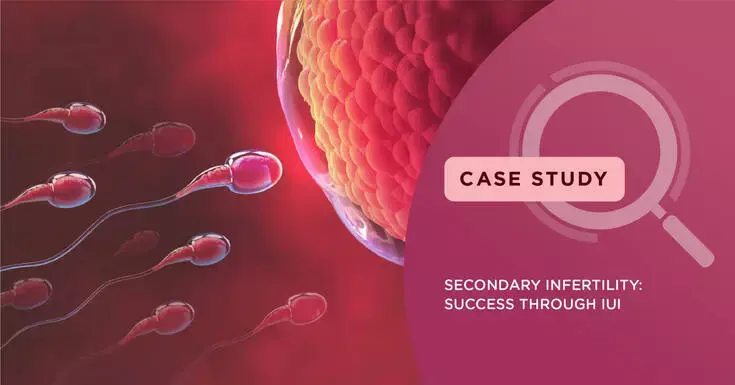
Nova IVF Fertility, Dr. Madhupriya helps couple with Growth Hormone Protocol and Gonadotrophin Stimulation to help deliver their own biological child.
Mrs. D walked into our Nova IVF Fertility Clinic with a complaint of secondary infertility. Her previous pregnancy was seven years earlier. Despite trying for years for her next child, she was not able to conceive. She heard about Nova success stories and visited our clinic for a consultation with Dr. Madhupriya
Pre-fertility tests at Nova
Her blood tests revealed an AMH of 0.7ng/ml. An AMH or Anti-Mullerian Hormone test is used to check a woman’s ability to produce eggs that can be fertilised for pregnancy. A woman’s ovaries can make thousands of eggs during her childbearing years. The number declines as a woman gets older. AMH levels help show how many potential egg cells a woman has left. As her AMH levels were not desirable, the patient was recommended the Antral Follicle Count Test.
An antral follicular count is a fertility test performed by using transvaginal ultrasound, mostly between cycle day 2, 3 and 5 to determine the ovarian reserve. The ultrasound tech studies each ovary to count the number of follicles. On average, ten to twelve follicles are produced per cycle, and this may be different for people. The follicular count is affected by factors such as age, medical history and individual responses to ovarian stimulation.
This test is generally done as part of a fertility workup and is the most reliable test for ascertaining ovarian reserve. The antral follicles are also referred to as resting follicles. Ovarian follicles are small sacs filled with fluid and found inside a woman’s ovaries. They secrete hormones which influence stages of the menstrual cycle after puberty, and generally, all the follicles that a female will have in her entire life are bestowed from birth. Hence, girls carry 300,000 to 400,000 of them, and these start progressively decreasing as women grow older and thus, they face fertility issues.
The follicles can be seen, measured and counted, and the number of antral follicles varies from month to month.
Mrs. D’s antral follicle count was two on one side and a one on the other, thereby indicating a total of 3 follicles available during the IUI cycles. She was found to have very low levels of hormones, indicative of hypogonadism.
Treatment suggested by Nova specialists
Mrs. D by her fertility specialist Dr. Madhupriya was advised IUI with self-stimulated ovulation cycle with growth hormone protocols and gonadotrophins. She had 2 IUI cycles using two ovulation induction cycles with growth hormones and gonadotrophin protocol.
Use of growth hormone GH protocol along with Gonadotrophin Protocol
The addition of growth hormone to an IVF treatment is suggested for women who have previously undergone an IVF cycle on maximal doses of gonadotropins with a poor ovarian response.
Addition of GH both in the month prior to gonadotropin stimulation and during the active phase of stimulation results in an increased number of mature oocytes, retrieved in previously poor responders during an IVF cycle.
GH is started on day 21 of the menstrual cycle preceding gonadotropin stimulation and continued until human chorionic gonadotropin (hCG) trigger is resulted in a significantly higher number of fertilised oocytes.
3 international units (IU) of GHs are administered from cycle day 3 when exogenous gonadotrophin was started to the day of human chorionic gonadotropin (hCG) injection for final follicular maturation.
When any form of chorionic gonadotropin is injected into the body, and the follicles within the ovary are at the right stage of maturation, hCG triggers the eggs to go through a final growth spurt and ovulate and be released from the follicles within 36 hours.
GH is indicated for the treatment of growth hormone deficiency and is important in early antral follicle recruitment, subsequent follicular growth, and oocyte maturation. Together with insulin-like growth factor-1, GH is essential early in the recruitment of primordial follicles in the growing pool.
GH addition significantly increased clinical pregnancy and live birth rates and GH addition is associated with a significantly higher proportion of patients reaching embryo transfer.
An ultrasound follicular study helps to determine if follicles are developing, and later if the follicle ruptured and egg is released, and if the woman is ovulating. In the follicular study, a radiologist studies the follicular action by performing transvaginal ultrasound and monitor follicular activity around the day’s ovulation is expected. This is usually started around the 12th day from cycle start and is carried out until the day the doctor establishes a successful ovulation.
Successful Treatment Outcome
In her 5th try, which was her 3rd IUI cycle, Mrs. D conceived and subsequently had her own biological baby.
 Infertility Counselling
Infertility Counselling Female Infertility Treatment
Female Infertility Treatment Andrology Treatment
Andrology Treatment Fertility Enhancing Surgeries - Female
Fertility Enhancing Surgeries - Female Fertility Enhancing Surgeries - Male
Fertility Enhancing Surgeries - Male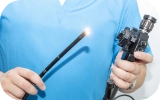 Endoscopy Treatment
Endoscopy Treatment IUI Treatment
IUI Treatment IVF Treatment
IVF Treatment ICSI Treatment
ICSI Treatment Advanced IVF Solutions
Advanced IVF Solutions Embryology
Embryology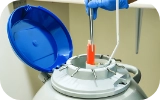 Vitrification Egg, Embryo, Sperm Freezing
Vitrification Egg, Embryo, Sperm Freezing Preimplantation Genetic Testing (PGT)
Preimplantation Genetic Testing (PGT) Donation Program Embryo / Egg / Sperm
Donation Program Embryo / Egg / Sperm




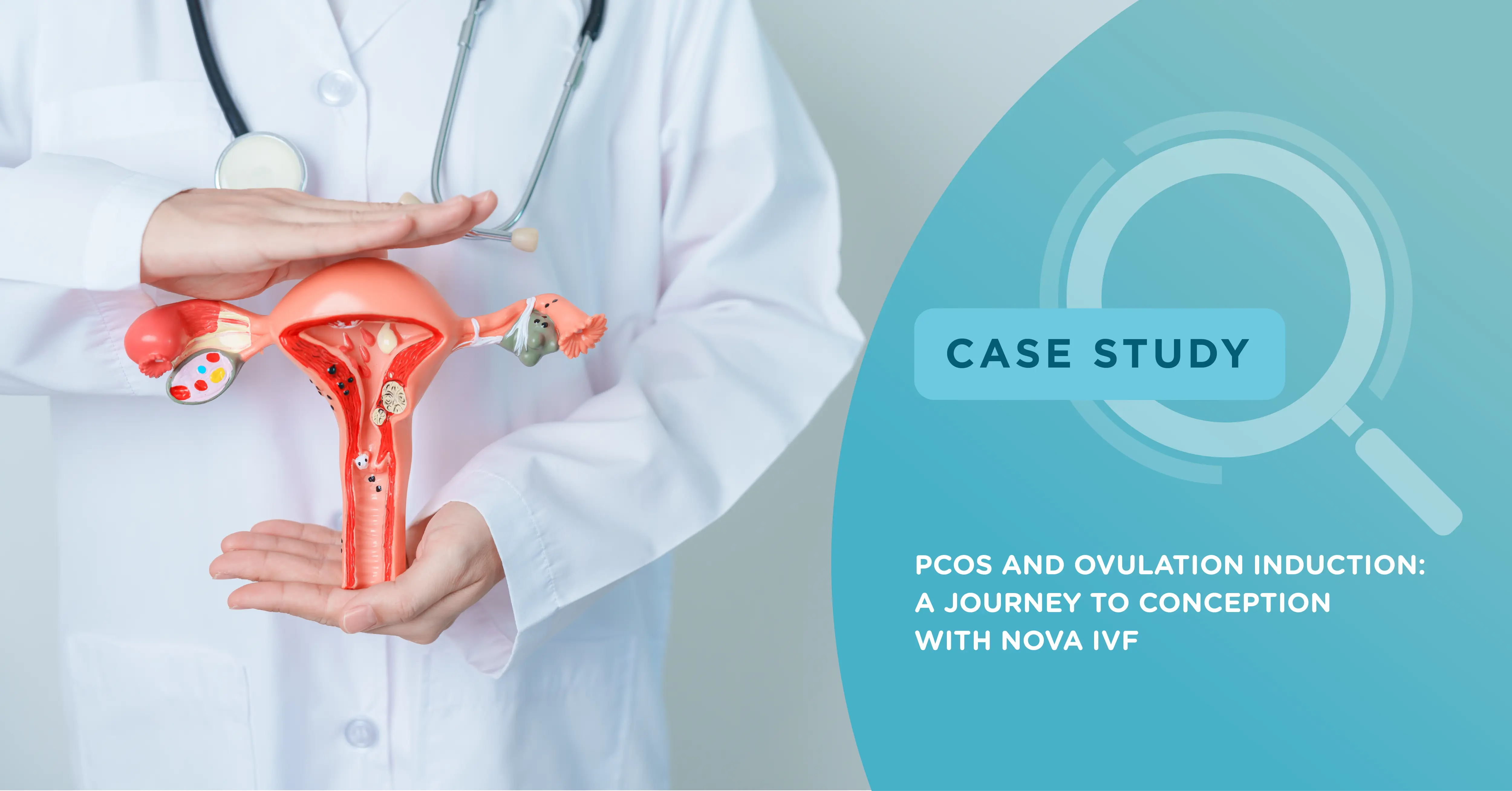

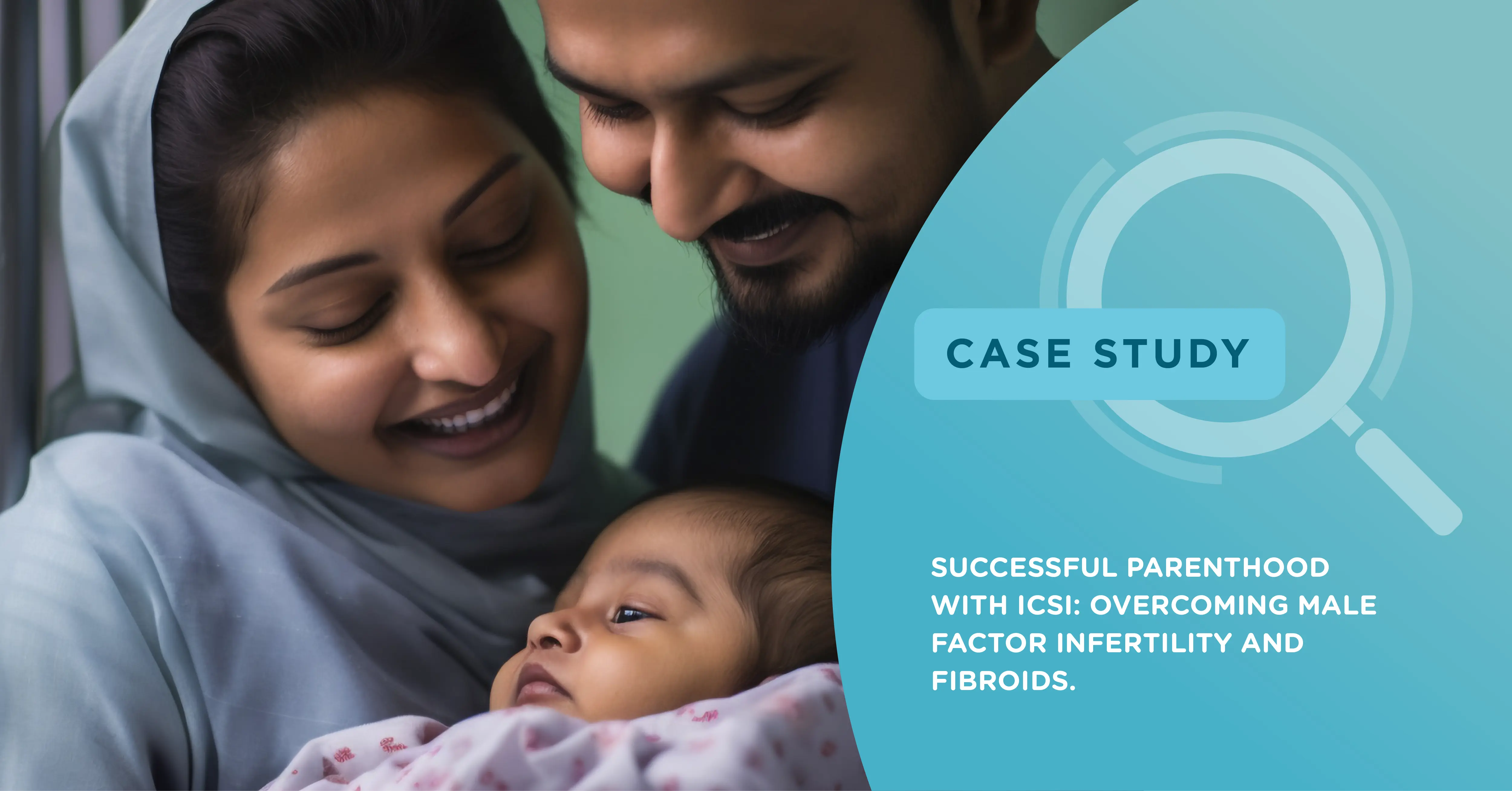
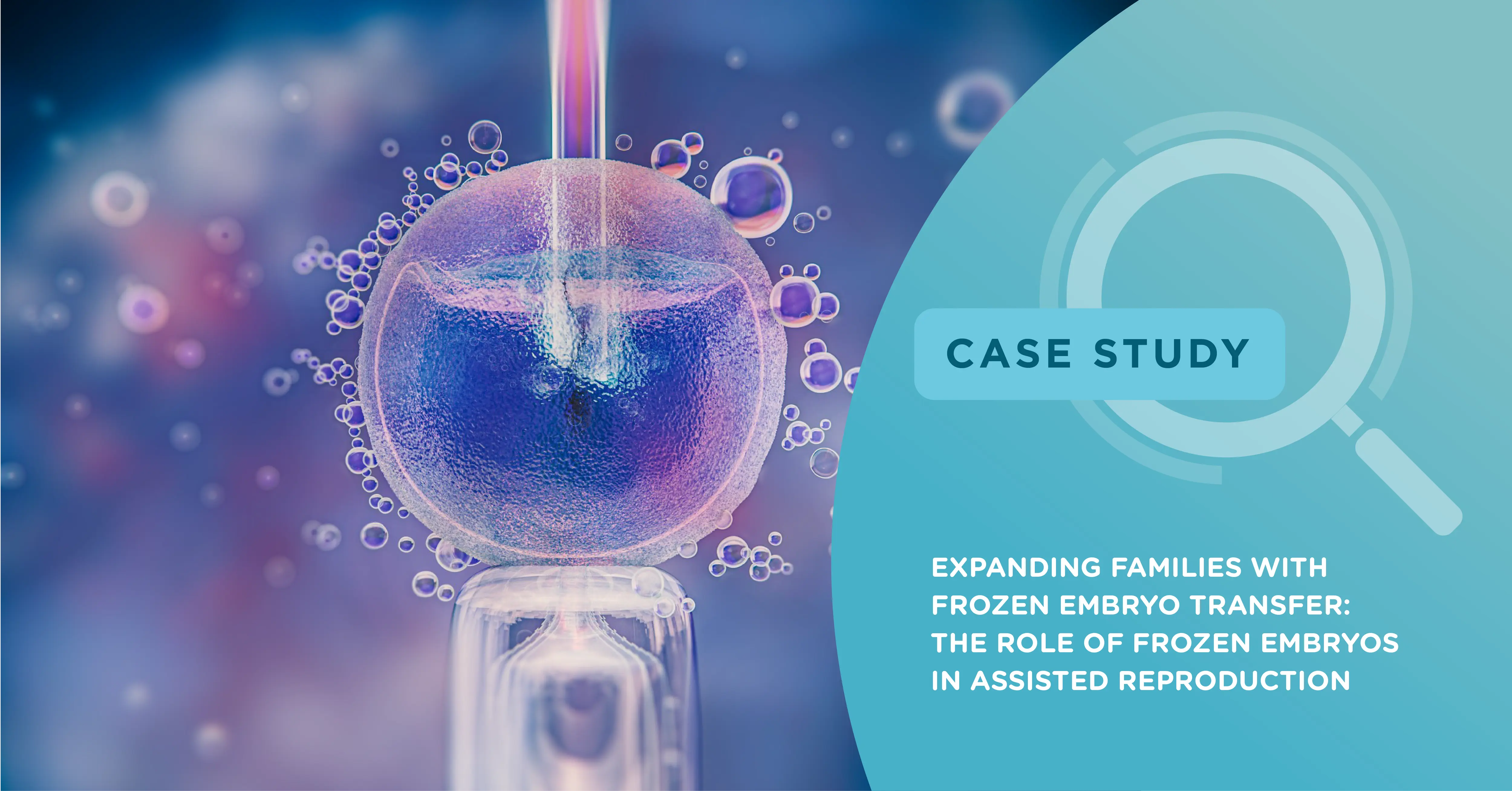

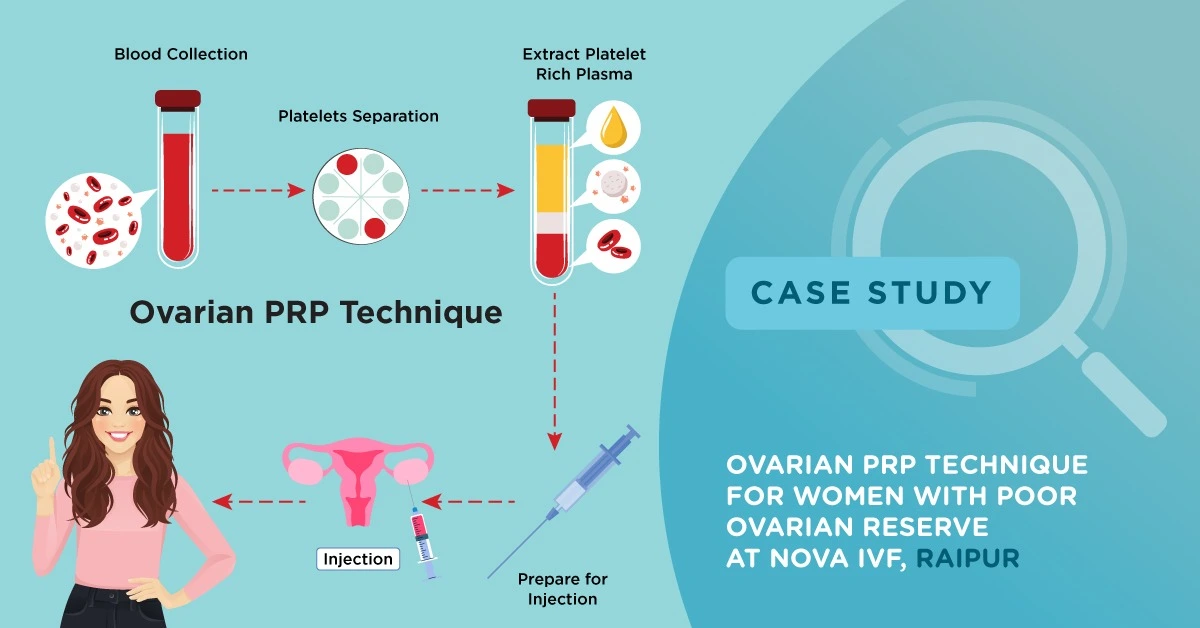
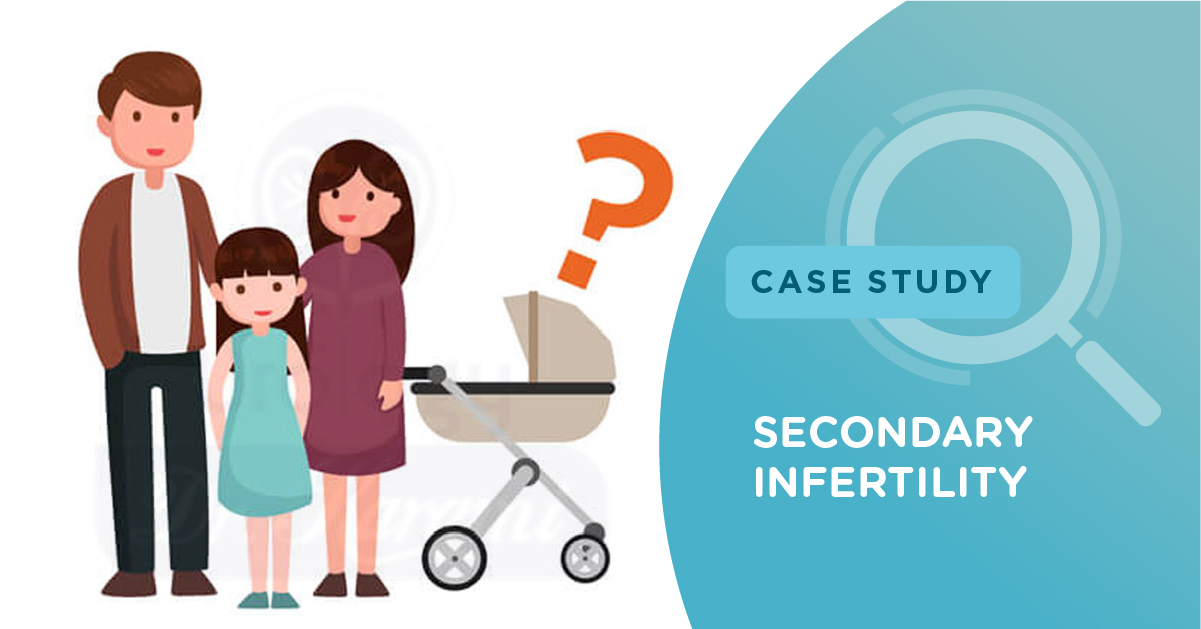
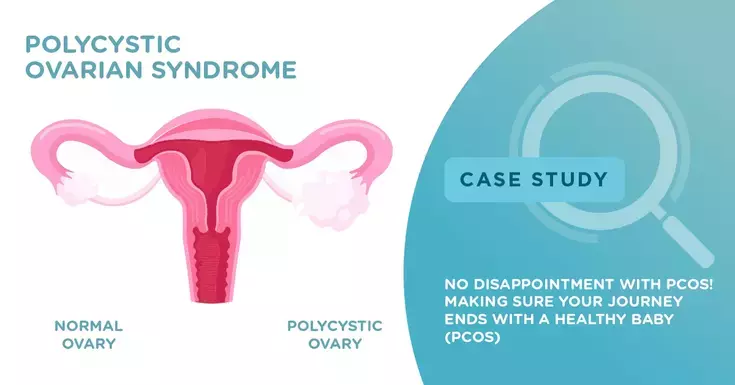






Add new comment